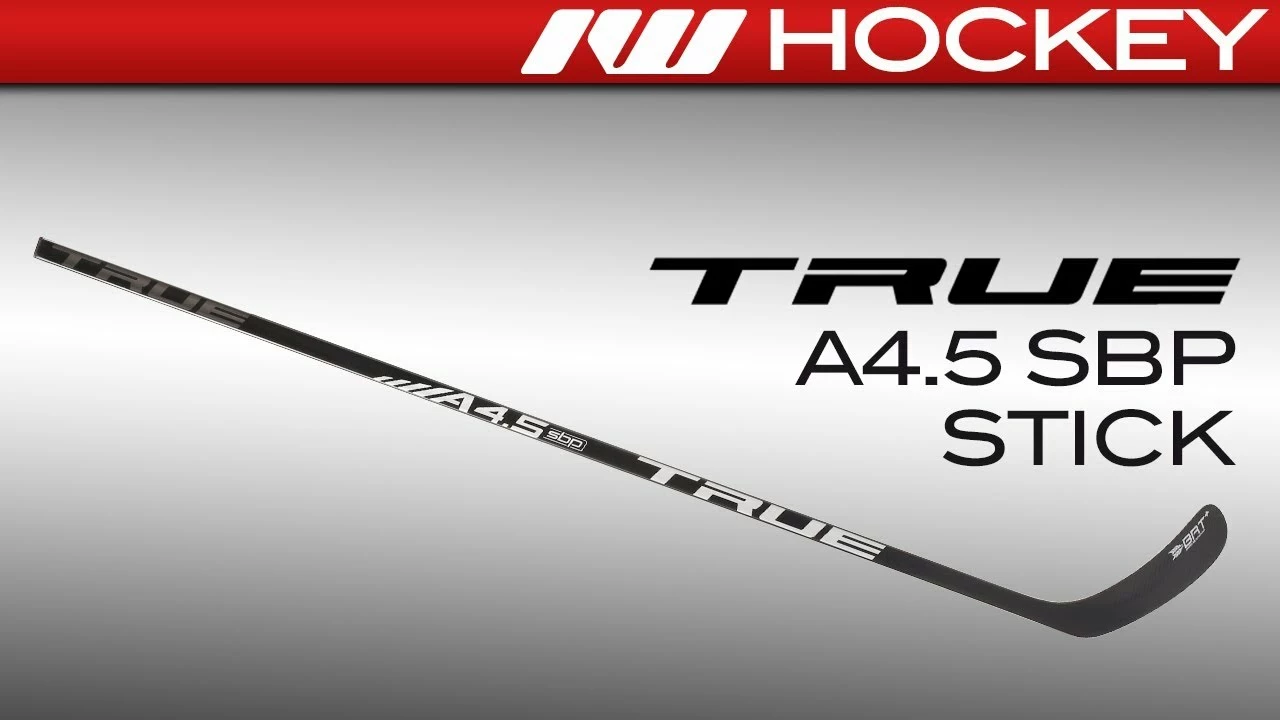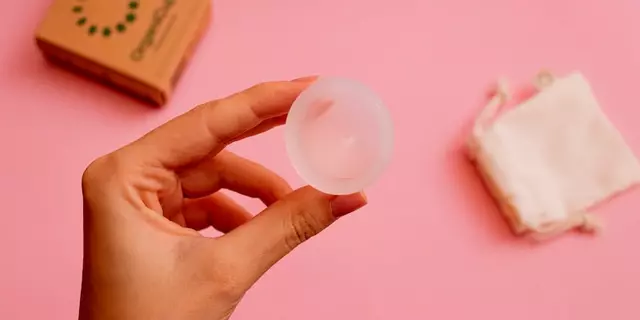Stick Comparison: Choose the Right Hockey Stick
If you’ve ever stood in the shop aisle and felt overwhelmed by rows of sticks, you’re not alone. A good stick can boost your shot, improve your handling, and keep you comfortable on the ice or turf. Let’s break down the main things you should compare so you can find the stick that fits your style without guessing.
Key Factors to Compare
Material: Sticks are made from wood, composite, carbon fibre, or a mix. Wood feels lively and gives a traditional feel, but it’s heavier and can warp. Composite sticks are lighter, more consistent, and handle well in cold weather. Carbon fibre offers the lightest feel and strongest snap, but it’s usually pricier.
Flex Rating: Flex is measured by how much the shaft bends under load, usually a number like 85, 95, or 105. A lower number means softer flex – good for quick releases and players who rely on wrist shots. Higher numbers are stiffer, ideal for powerful slap shots and bigger players. Test a few flexes by pressing the stick against your knee; you want resistance that matches your strength.
Curve: The blade curve affects ball or puck control. A deeper curve helps lift the ball quickly, great for offensive players. A shallow curve offers better accuracy on low drives. Most brands label curves with letters or numbers; try a few on the ground to see which feels natural.
Length: The stick should reach somewhere between your chin and nose when you stand upright with the stick on the ground. Too long reduces control, too short limits reach. Adjust the length based on your height and position – defenders often prefer a slightly longer stick for poke checks.
Weight: Light sticks improve speed and reduce fatigue, but they may feel less stable on hard shots. Heavier sticks provide more power but can tire you out faster. Balance is key – hold the stick and swing a few times; it should feel steady, not wobbly.
How to Test a Stick Before You Buy
Many shops let you try a stick on a practice pad. Use the same grip you’d use in a game and take a few shots. Listen for the sound of the blade hitting the ball or puck – a clean “pop” usually means good energy transfer.
Check the grip tape. Some sticks come with a pre‑applied grip, but you can add your own. A rough grip helps control in wet conditions, while a smooth surface is nicer for dry play.
Ask about the warranty. Composite sticks can crack over time, especially if you hit the boards hard. A good warranty shows the manufacturer trusts the product’s durability.
Finally, compare prices. High‑end sticks offer the latest tech, but mid‑range models often give similar performance for a fraction of the cost. Set a budget, then narrow down to a few options that meet your key factors.
Stick comparison doesn’t have to be a mystery. By focusing on material, flex, curve, length, and weight, you can quickly rule out sticks that don’t suit you. Try a few, feel the balance, and pick the one that lets you play your best game. Happy shopping, and may your next stick bring you plenty of goals!

Is a long stick better than a short stick in hockey?
After doing a deep dive into the hockey stick debate, one thing is for sure: size matters, but not necessarily in the way you'd think! Turns out, neither the long stick nor the short stick can claim the crown of "Best Stick In Hockey." Each has its own strengths; the long stick brings the heat when it's slap shot time, while the short stick is your best friend when it comes to those fast and furious puck battles. So, it's less about long versus short, more about finding that sweet spot that fits your style and gets you scoring goals. Remember, folks, it's not the size of the stick in the game, but the game in the stick wielder!
View More



